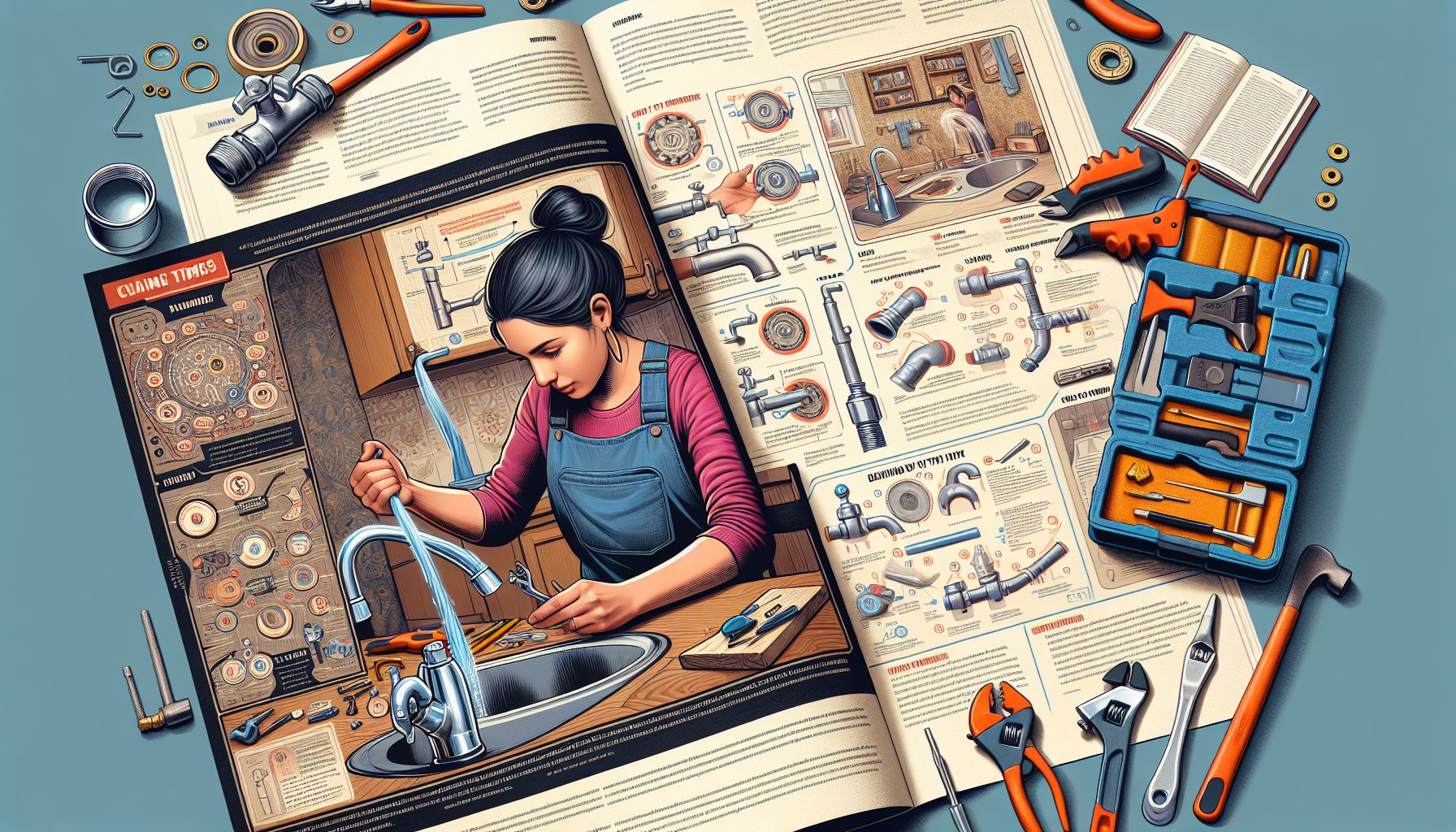Are you tired of calling a plumber every time a faucet drips or a pipe bursts? It’s time to take matters into your own hands and become a DIY plumbing expert. Not only will it save you money, but it will also give you the satisfaction of fixing issues in your own home. In this blog post, we will explore the latest trends in DIY plumbing and provide you with the essential tips and tricks to become a pro.
Stay Up-To-Date with the Latest Plumbing Trends
Plumbing technology has come a long way in recent years, and staying up-to-date with the latest trends is essential to ensure your DIY plumbing endeavors are successful. One of the notable trends is the rise of smart plumbing systems. These systems allow homeowners to monitor and control their plumbing devices through a smartphone app. From detecting leaks to adjusting water temperatures, these smart systems offer convenience and peace of mind.
Another significant trend is the focus on water conservation. With the increasing pressure on global water resources, homeowners are seeking ways to reduce their water usage. Low-flow fixtures, such as toilets and showerheads, have become popular choices for eco-conscious individuals. Installing these fixtures not only saves water but also reduces utility bills.
Essential DIY Plumbing Tips and Tricks
Now that you are up-to-date with the latest trends, it’s time to dive into the essential DIY plumbing tips and tricks. These simple yet effective techniques will help you tackle common plumbing issues with confidence.
Tip 1: Know Your Shut-Off Valves
Before attempting any DIY plumbing project, familiarize yourself with the shut-off valves in your home. Shut-off valves are used to stop the flow of water in case of emergencies or repairs. Locate the main shut-off valve and individual shut-off valves for toilets, sinks, and appliances. Knowing how to shut off the water supply quickly can save you from a disastrous flood.
Tip 2: Fixing a Leaky Faucet
A leaky faucet is not only irritating but can also waste a significant amount of water. Luckily, fixing a leaky faucet is a relatively simple task. Start by turning off the water supply to the faucet. Then, disassemble the faucet and replace the faulty components, such as the O-rings or washers. Remember to turn the water supply back on slowly to check for any leaks.
Tip 3: Unclogging Drains
Clogged drains are a common plumbing issue that can be resolved with a few simple tools. Start by using a plunger to create suction and dislodge the blockage. If that doesn’t work, try using a plumbing snake or a drain auger to remove the clog. For stubborn clogs, consider using natural remedies like a mixture of baking soda and vinegar or a commercial drain cleaner.
Conclusion: A Bright Future for the DIY Plumbing Enthusiasts
As DIY plumbing becomes more accessible and homeowners become more knowledgeable, the future looks bright for those seeking to improve their living spaces. With the right tools, techniques, and a bit of confidence, you can tackle almost any plumbing issue that comes your way. Empower yourself to take control of your home’s plumbing and enjoy the satisfaction of a job well done.
Remember, safety should always be a priority when working with plumbing systems. If you are unsure about a task or encountering a complex issue, don’t hesitate to consult a professional plumber. So, roll up your sleeves, gear up with knowledge, and embark on your DIY plumbing journey. Your home will thank you for it!

